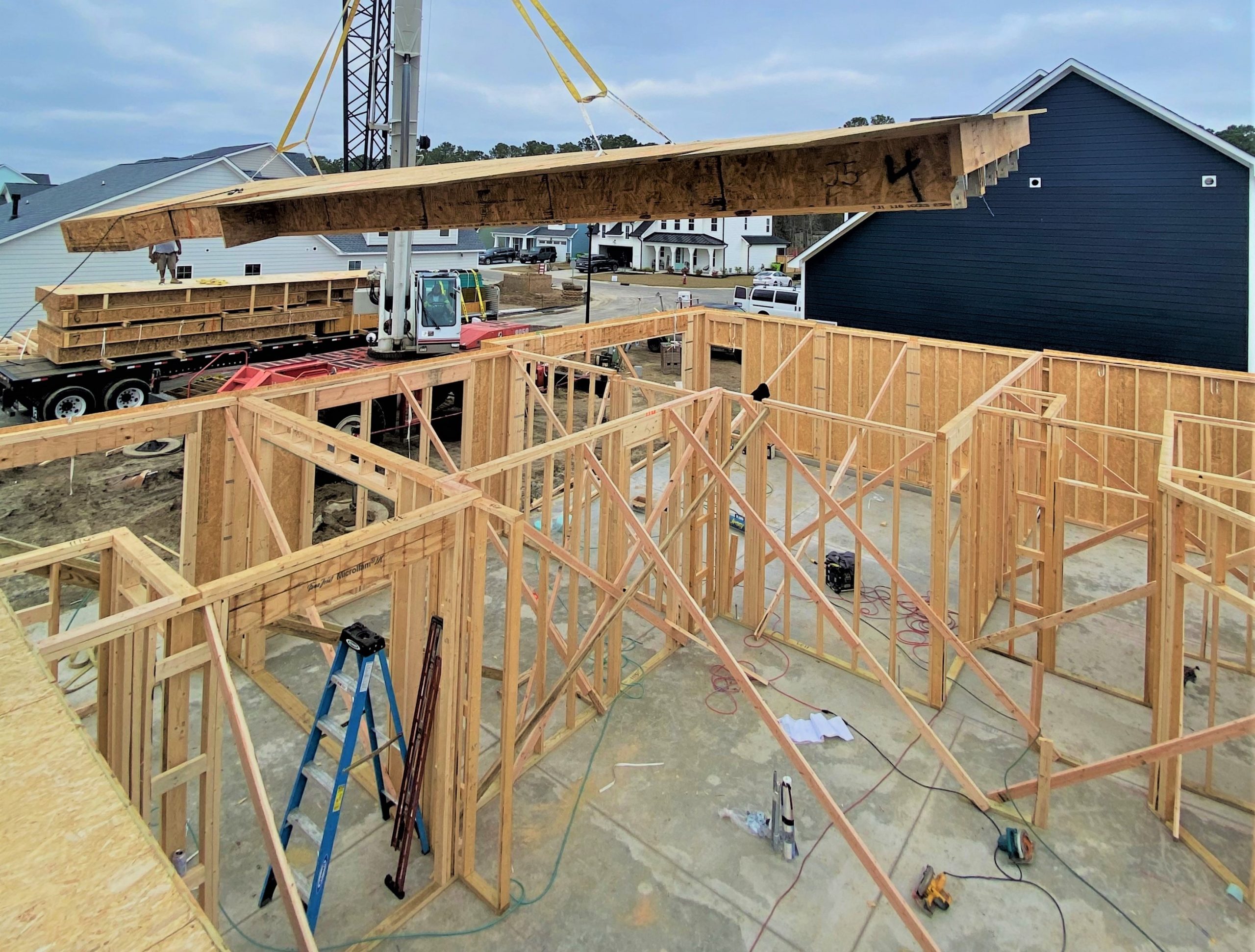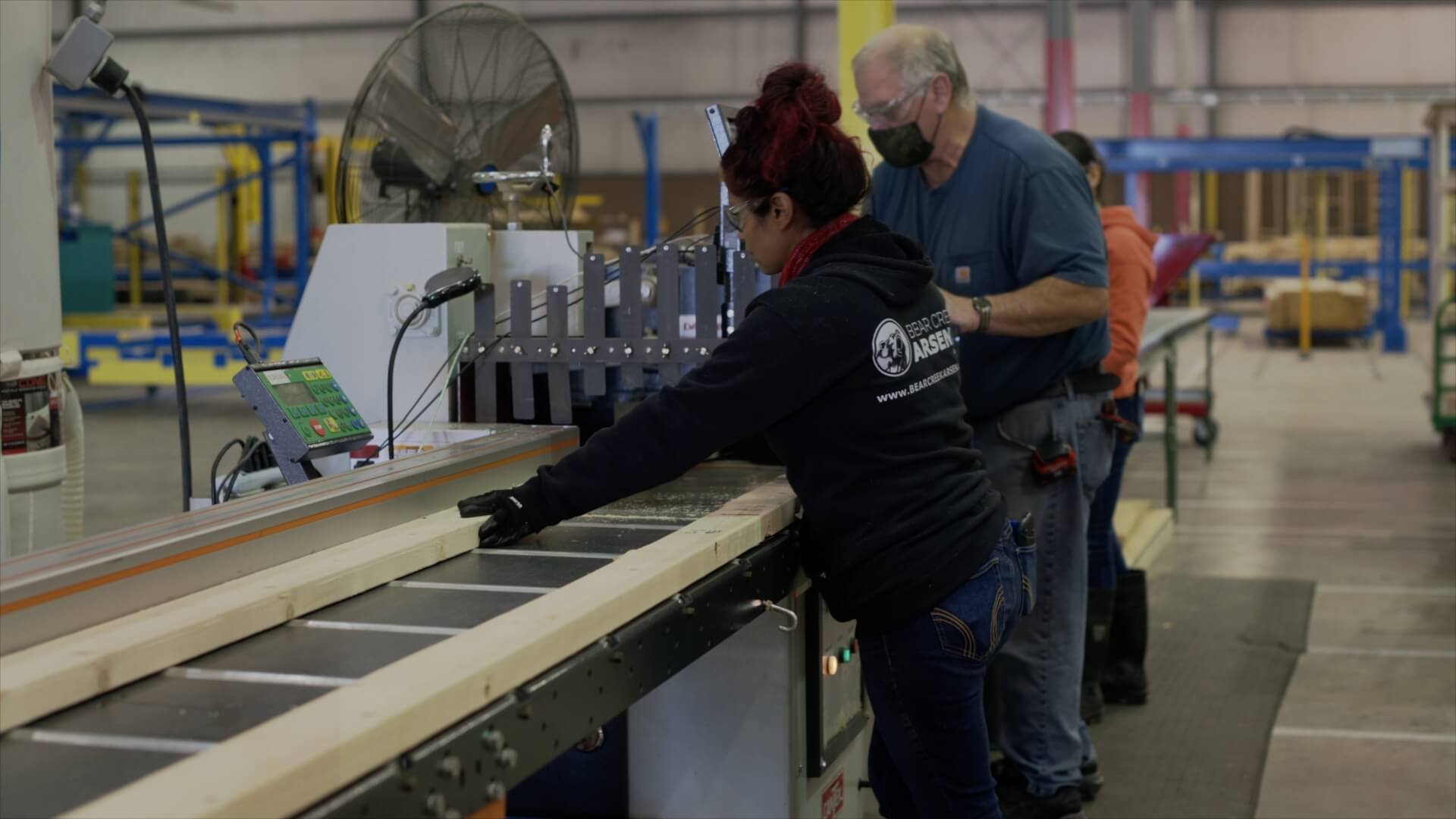Efficiency at its Best: Exploring the Time and Cost Savings of Prefabrication in Construction
Prefabrication in construction is a method that involves manufacturing building components off-site before transporting them to the construction site for assembly. This process offers significant time and cost savings compared to traditional on-site construction methods.
In an industry that is constantly evolving, construction companies are always on the lookout for innovative ways to increase efficiency and reduce costs. One such method that has gained significant popularity in recent years is utilizing prefabrication in construction.
Prefabrication, like modular construction, involves manufacturing building components off-site in a controlled environment before transporting them to the construction site for assembly. This process offers numerous advantages over traditional on-site construction methods, including significant time and cost savings. In the following, we go through the different areas where prefabrication can enhance time and cost savings in construction industry.
Saving Time Through Prefabrication in Construction
Prefabrication in construction is revolutionizing the industry by offering significant time-saving advantages. Discover below how prefabrication can save valuable time in construction projects.
Simultanious Manufacturing in Prefabrication
In prefabrication, since most of the building components are manufactured simultaneously off-site, there is no need for sequential construction processes that can often cause delays. This allows for faster project completion times and enables contractors to meet tight deadlines more effectively. Since most of the work is done off-site, construction can progress simultaneously at multiple locations.
This eliminates delays caused by weather conditions or other on-site challenges that could hinder traditional construction methods. With prefabrication, time-consuming tasks such as foundation work and utility installations can be completed concurrently with the manufacturing process, allowing for faster project completion.
Minimizing On-site Labor Requirements
Another time-saving aspect of prefabrication lies in its ability to minimize on-site labor requirements. By constructing components in a controlled factory environment, skilled workers can focus solely on their specialized tasks without being interrupted by other tradespeople working nearby. This not only increases efficiency but also reduces errors and rework, leading to further time savings.
Efficiency Through Higher Quality Control
Prefabricated components are typically built using advanced technology and machinery, ensuring a higher level of precision compared to traditional on-site construction. The controlled environment in which these components are manufactured eliminates weather-related issues that can hinder progress during on-site construction. As a result, projects utilizing prefabrication techniques experience fewer errors and rework, further reducing overall project timelines.
Moreover, since prefabricated components are manufactured using standardized processes and quality control measures, they tend to be more precise and consistent than those built on-site. This accuracy translates into faster assembly times during on-site installation since each component fits seamlessly together like pieces of a puzzle. As a result, projects utilizing prefabrication experience fewer setbacks caused by ill-fitting parts or modifications needed during assembly.
Advantages Provided by Technology
The use of technology also plays a crucial role in saving time through prefabrication. Computer-aided design (CAD) and Building Information Modeling (BIM) software allow industry professionals to create detailed digital models that can be directly sent to manufacturers for production. This seamless integration between design and fabrication significantly reduces lead times compared to traditional manual drafting methods.
Avoiding Security-related Delays and Downtimes
Prefabrication also offers time savings through improved safety measures. Since most of the work is completed off-site, workers are exposed to fewer hazards commonly found on construction sites. Factory environments are designed with safety as a priority, providing better control over potential risks.
By moving most of the construction activities off-site, workers are exposed to fewer hazards typically associated with on-site construction, such as working at heights or in adverse weather conditions This reduces the likelihood of accidents and injuries, minimizing downtime caused by incidents and ensuring that projects progress smoothly.

Image: Service Offsite Solutions
Cost Savings Through Prefabrication in Construction
Prefabrication in construction not only saves time but also offers significant cost-saving advantages. Learn how prefabrication can lead to substantial cost savings in construction projects.
Reduced Labor Costs
The time savings achieved through prefabrication also translate into substantial cost savings. By reducing project durations, labor costs are significantly reduced as well. With less time spent on-site assembling components, laborers can focus their efforts on other critical tasks or move onto new projects sooner.
Additionally, prefabricated components are built using advanced technology and machinery, ensuring a higher level of precision and consistency. This accuracy translates into quicker assembly times during on-site installation, further reducing labor expenses.
Optimization of Material Costs
Since many prefabricated elements are mass-produced in factories with economies of scale in mind, material costs can be significantly lower compared to traditional construction methods where materials may be wasted or damaged due to adverse weather conditions or poor storage practices. These cost savings can have a significant impact on overall project budgets and profitability.
Effetive Site Management
On-site coordination and management require significant time and resources. With prefabrication, much of the work is completed off-site under controlled conditions before delivery to the construction site, reducing the need for extensive on-site supervision.
Prefabrication in construction not only saves time but also offers significant cost-saving advantages through efficient site management. By manufacturing building components off-site, contractors can minimize on-site labor requirements and reduce the need for extensive site management personnel.
Increased Energy Efficiency
Prefabricated building systems often incorporate energy-efficient features that can result in long-term savings on energy consumption. For example, prefabrication saves money through increased energy efficiency in construction by reducing material waste, improving insulation and air sealing, integrating energy-efficient systems, streamlining the construction process, minimizing onsite disruptions, and providing long-term cost savings. Prefabricated components are manufactured off-site with precision and can easily incorporate energy-saving technologies. This results in lower operational costs and improved thermal performance, making prefabrication a financially beneficial choice for construction projects.

Image: Service Offsite Solutions
Conclusion
In conclusion, prefabrication has emerged as an efficient and cost-effective solution in the construction industry. The time savings achieved through off-site manufacturing processes allow for faster project completion times while reducing labor costs. Additionally, reduced material waste promotes sustainability and improved site safety further adds value to this innovative method. As technology continues to advance and new techniques are developed, it is likely that prefabrication will continue to play a significant role in shaping the future of construction practices worldwide.
Read more how what is Vertex BD’s role in prefabrication and how it can speed up your projects.

